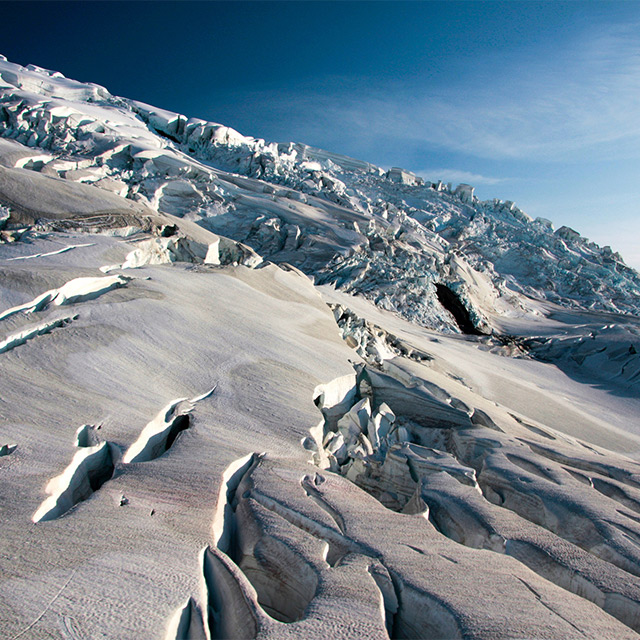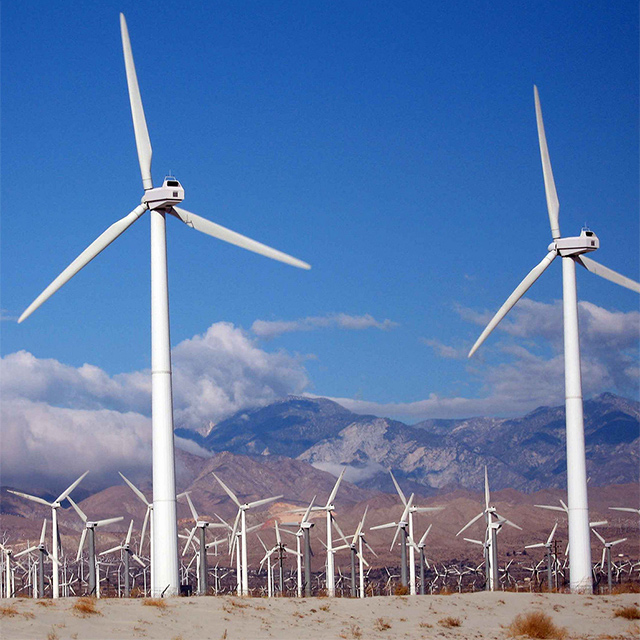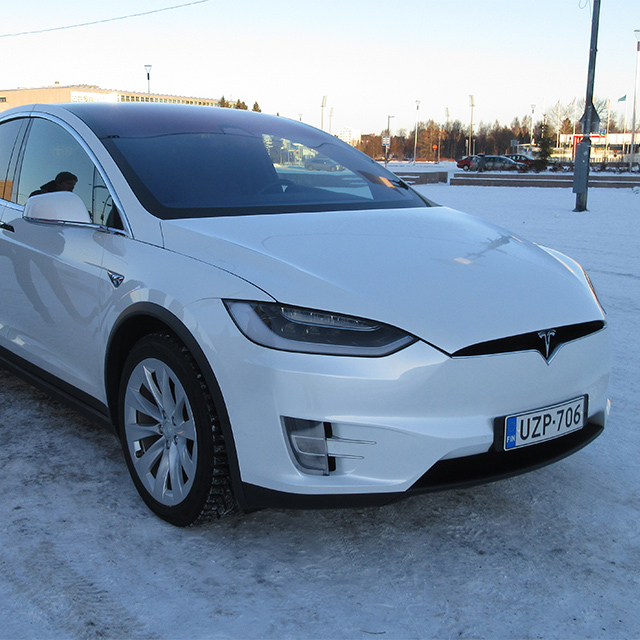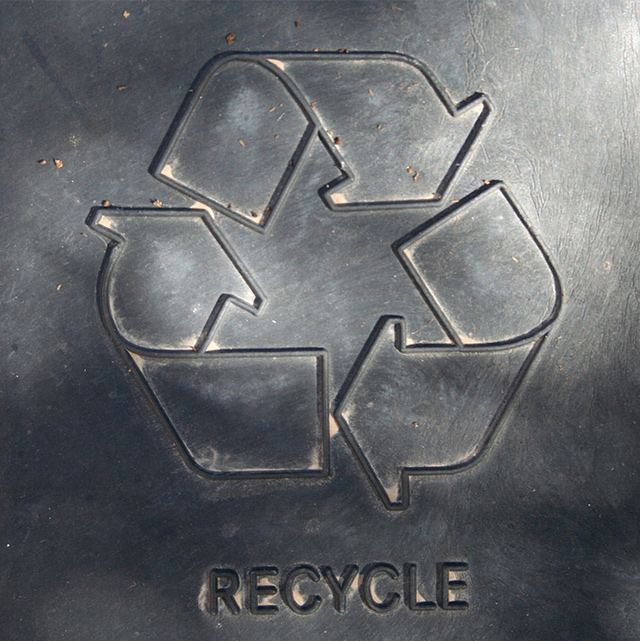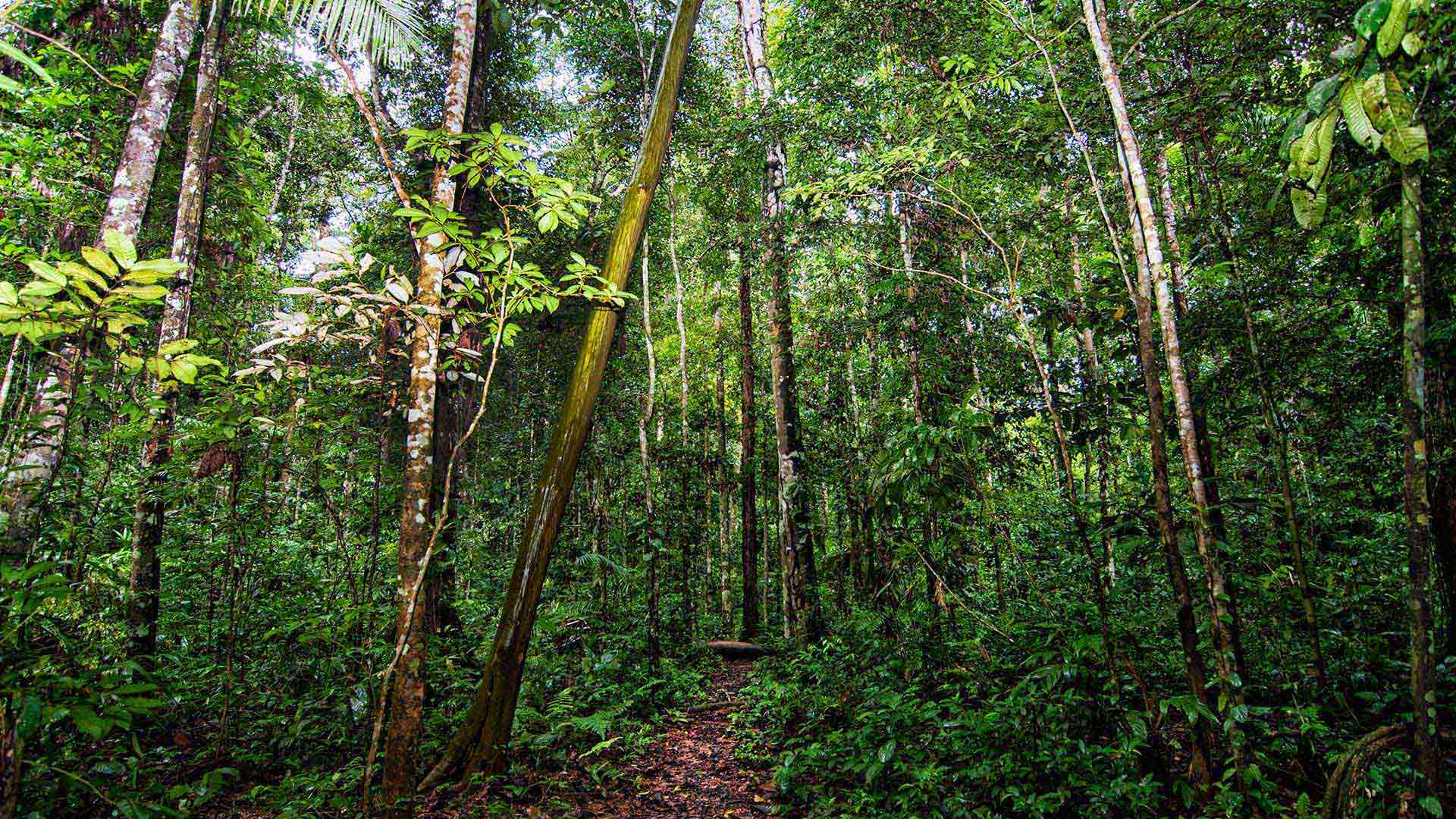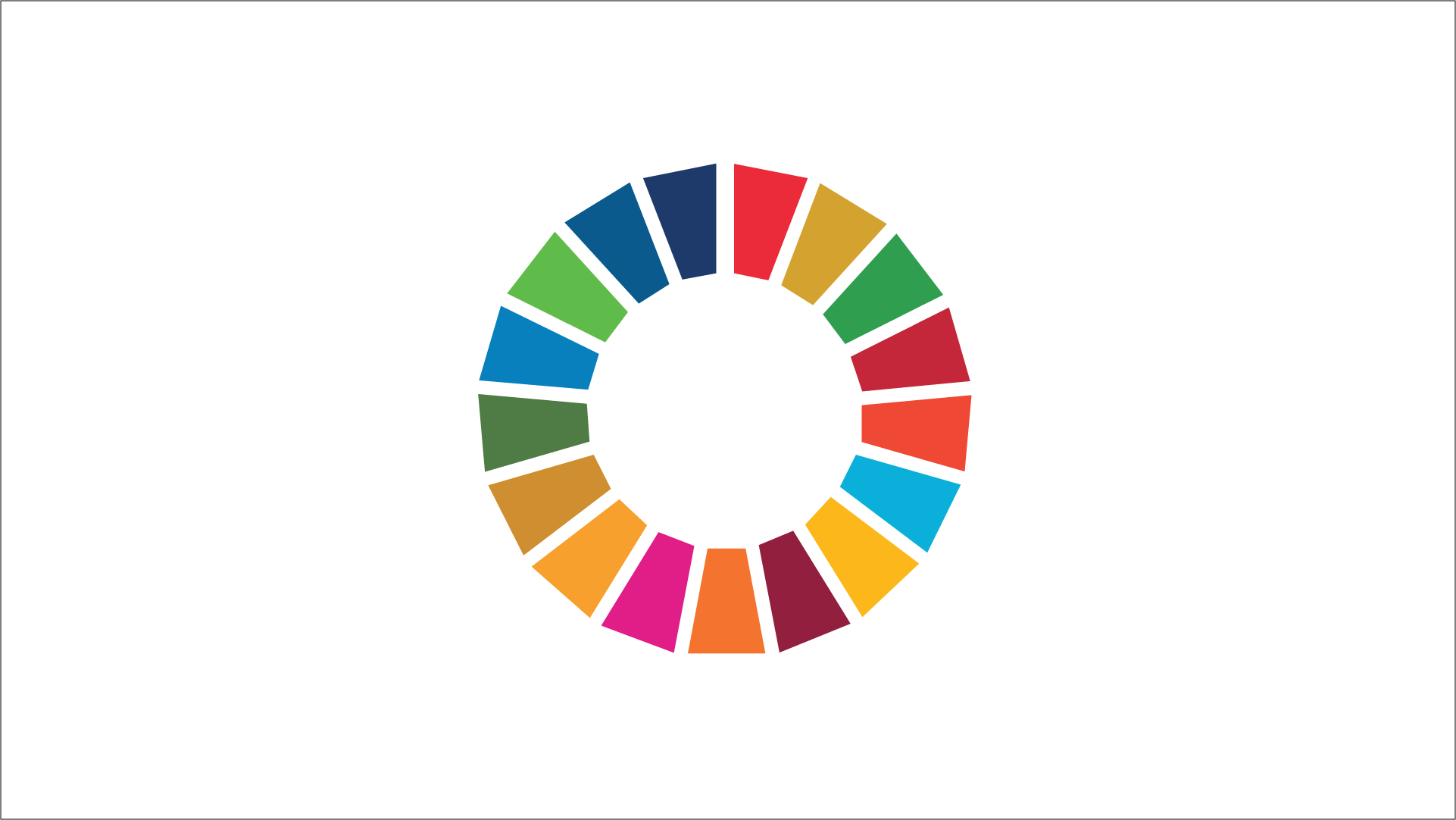Harmful emissions, the degradation of the earth’s resources, and global warming have loomed large for decades. With the negotiation and ongoing ratification of the sweeping Paris Agreement, commitments to reducing the effects of climate change abound.
But how do we turn those commitments into action?
Enroll now to learn from the academics and researchers leading the battle against climate change, hailing from world-renowned institutions including Columbia University’s Earth Institute, the Deep Decarbonization Pathways Project (DDPP), the International Institute for Applied Systems Analysis (IIASA), and the World Business Council on Sustainable Development (WBCSD).

